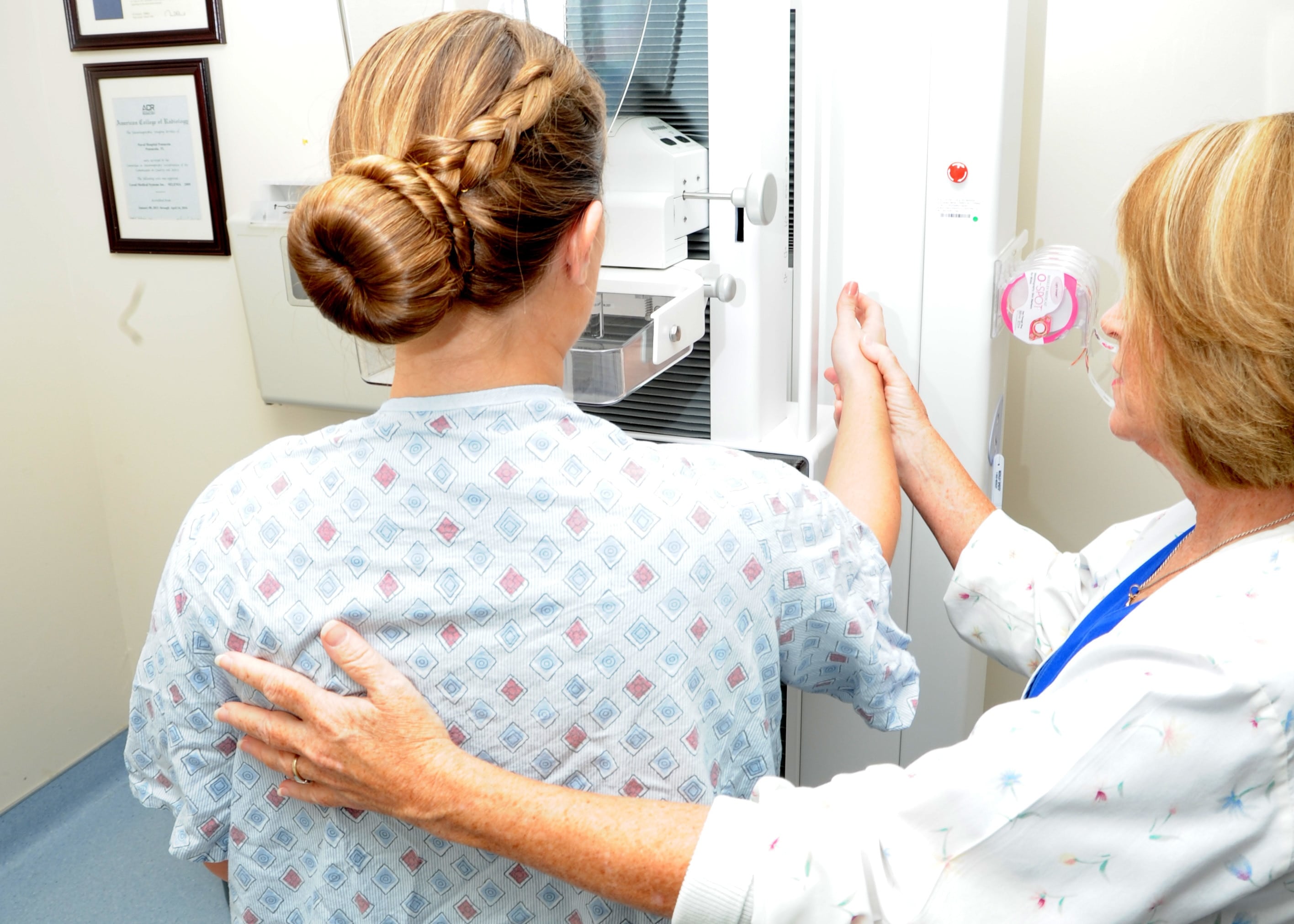Tricare is expanding its breast cancer screening coverage this month.
Starting on May 29, Tricare will cover Digital Breast Tomosynthesis — known as 3D mammography or DBT —under its provisional coverage program, according to Republican Sen. Martha McSally from Arizona.
“This is a major victory for our female service members and veterans covered under Tricare,” McSally, a former A-10 pilot who served in the Air Force for 26 years, said in a statement Tuesday. “Breast cancer is the second leading cause of cancer deaths among women, but when detected early the overall chances of survival increase dramatically.”
“Women in our armed forces now have access to the best preventative breast cancer screenings,” McSally said. “I’m glad the Defense Department heard our repeated calls for change and implemented this commonsense policy.”
All women over the age of 40 are eligible for coverage. Annual coverage will also be available to women 30 and older who are deemed a high risk for developing breast cancer. That means women who have a history of breast cancer have at least a 15 percent lifetime risk of developing breast cancer based on risk assessment tools, or have extremely dense breasts, among several other identified risk factors.
Although other national payers including the Department of Veterans Affairs and Medicare already cover 3D mammograms, Tricare has historically only covered the procedure following the detection of a lump during two-dimensional imaging.
RELATED

But a bipartisan group of lawmakers spearheaded by McSally urged Assistant Secretary of Defense for Health Affairs Thomas McCaffery in September to update the policy and include DBT as an option for Tricare beneficiaries.
Likewise, McSally and Sen. Jeanne Shaheen, D-N.H., introduced the Better and Robust Screening Today Act that would require Tricare to cover DBT in November 2019. Air Force veteran Rep. Chrissy Houlahan, D-Penn., also introduced the legislation in the House.
In response, McCaffery wrote McSally a letter in November that Tricare would start covering 3D mammograms for screening purposes under Tricare’s provisional coverage authority, which accommodates “emerging health care services and supplies.” McCaffery said the Defense Health Agency would work to fully implement the policy in early 2020, and the Pentagon updated its policy on Jan. 1, 2020.
“We recognize that DBT is rapidly becoming the standard of care across the U.S. TRICARE has received many requests to include DBT screenings in our coverage,” McCaffery said in a letter to McSally in December. “As a result of the evolving role of this technology in the health care field, we have taken steps to evaluate and amend our coverage.”
According to the Pentagon’s updated policy, provisional coverage of 3D mammograms is slated to last at least until Dec. 31, 2024. But the coverage could become permanent if the U.S. Preventive Services Task Force recommends 3D mammograms as the primary screening method for breast cancer.
Federal regulations require Tricare to adhere to USPSTF recommendations for screening measures — hence why Tricare only extended provisional coverage for 3D mammograms and it’s not a permanent benefit, according to McCaffery.
“This provisional coverage can be extended for up to five years, during which time we are hopeful that the USPSTF will recommend DBT for breast cancer screenings,” McCaffery said.
Despite the fact USPSTF and The American Cancer Society have yet to recommend 3D mammography, DBT has steadily increased in recent years. For example, a study published in June 2019 in the peer-reviewed journal JAMA Internal Medicine found that 3D mammography screening increased from 13 percent of screening examinations to 43 percent between 2015 and 2017.
Tricare users are eligible for a reimbursement if they received a 3D mammogram between Jan. 1, 2020, and May 29, 2020.



